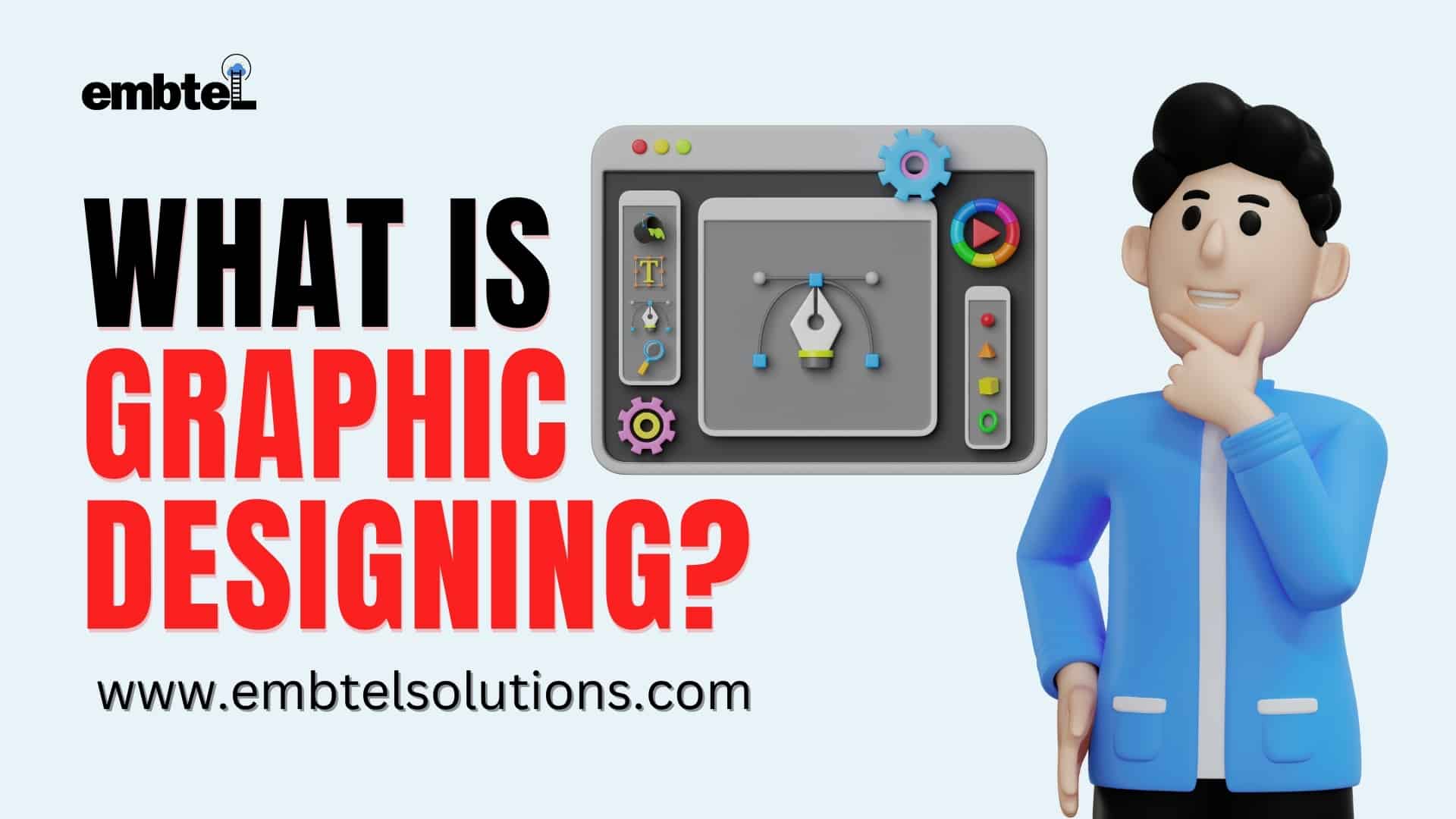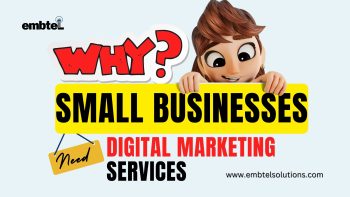Table of Contents
1. Introduction to graphic designing
2. Fundamentals of graphic designing
- Line
- Texture
- Type
- Shape
- Color
- Space
- Image
3. Conclusion
Introduction to Graphic Designing
Graphic designing is a craft of creating visual concepts to express ideas and connect better with audience, using typography, images, color, and shape that inspire, inform, and captivate consumers.
Though they sometimes overlap, each sort of graphic design needs a unique set of abilities and design methodologies. Many designers specialize in one type; others concentrate on a group of related, comparable types. However, the industry is always developing, so designers must be versatile and lifelong learners in order to alter or add expertise during their careers.
Fundamental of Graphic Designing
Line
Lines are more than just dots joined together. A line in graphics can be defined as a single point that extends for a distance or as the connection that connects two points. The aim of a line in graphics is to assist the artist in communicating to the viewers what they are expected to perceive or notice.
Designers have a lot of alternatives whenever it comes to choosing the right lines for their projects. Lines can be:
- Could be horizontal, vertical, or diagonal.
- It might be straight, curved, or freeform.
- zigzag or make other patterns
- Can be solid, fragmented, or implied.
Texture
The feel of a surface is defined by its texture, which might be furry, glossy, rough, soft, sticky, or shiny. Many graphic designers visually portray texture by employing illusions to imply how their work may feel if visitors could touch it. Mastering texture is a key component of making designs seem clean and professional.
There are many methods to include texture in your design work. If you are inspired by nature, you may wish to work with organic textures, getting inspiration from florals, tree wood, rocks, flowers, grass, and dirt.
Type
Whether you’re selecting a font or designing your own typeface for a graphic project, it’s important that the type you pick is readable and suitable for your topic. Because type impacts the entire tone of a design, think about whether word characters ought to be printed or script, and if they should have sharp or rounded angles.
The thickness of your letters is also a crucial aspect of your design. Large or thick letters often suggest that the words they communicate are significant. If you’re not cautious, they may also seem heavily loaded or break the equilibrium of a design. Thin letters may convey elegance or modernity, but they can also seem frail.
Graphic design – Shape
Shapes are best understood in Graphic Design as regions, forms, or figures bounded by a border or closed outline. Every designer should be familiar with two sorts of shapes: geometric and organic (or “free-flowing”).
Geometric shapes can be two-dimensional or three-dimensional in nature. They are generally abstract and basic and are made up of a series of dots connected by straight or curved lines. Triangles, pyramids, quadrilaterals, cubes, pentagons, polygons, circles, ellipses, and spheres are examples of geometric forms.
Organic forms are significantly less consistent, proportionate, and defined. They might be either symmetrical or asymmetrical in nature. They might be natural shapes like flowers, gemstones, and vines, or artistic shapes like blobs and squiggles.
Color
Color may be an effective technique for conveying a mood or eliciting an emotional reaction from your audience. color theory and the hue wheel may help graphic designers choose a single color or blend numerous colors in a harmonious—or purposefully discordant—way.
Some colors in graphic design are classified into distinct groups.
- Primary colors (red, yellow, and blue) are the primary pigment colors from which all other colors created. There is no method to obtain red, yellow, or blue by mixing other colors. But when you combine them, you get a wide range of colors.
- Secondary colors (violet, green, and orange) created by mixing two basic colors: red and yellow create orange, blue and red create purple, and yellow and blue create green.
- Tertiary colors (red-orange, yellow-orange, yellow-green, blue-green, blue-violet, and red-violet) these six colors produced when a primary color and a secondary color are mixed.
According to experts, based on their cultural environment, humans have diverse psychological reactions to color. It is critical to understand your audience’s color associations and use or avoid them based on the aims of your project.
Space
Spacing is an important element of every designer’s toolset. It may provide breathing space for a design, boost its visual appeal, balance off stronger visual components, and highlight images or statements that the audience should remember. A layout that misses space risks being too visually busy for the audience to grasp.
Spacing can either divide or connect objects. Narrow spacing between graphic components suggests a strong association, while larger spacing reveals a weaker relationship. Surrounding a visual feature with space highlights its value, yet it may also convey loneliness and isolation.
Image
Graphic designers use either pictures or illustrations, they depend on visuals to grab the attention of their audience and convey certain ideas. A picture functions on many levels at once: it gives context to a designer’s statement, adds needed drama or action, and generates an overall atmosphere.
Images are among the most powerful visual communication tools. If you use their ability well, your creation will convey a lot more than you ever imagined possible.
Conclusion
From banners and billboards to brochures and packaging, you may use design components in any shape or layout that requires text, photos, and ideas to represent something distinctive. You’ll be well on your way to developing graphic designs that are original, communicative, and aesthetically attractive if you learn to pick and utilize each notion intelligently.
Custom Mobile App Development Services
- Talk to an Expert (510) 962-7900
- Have any Question [email protected]





